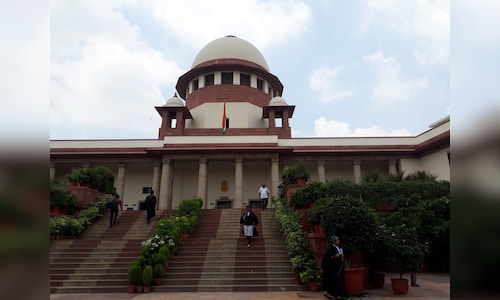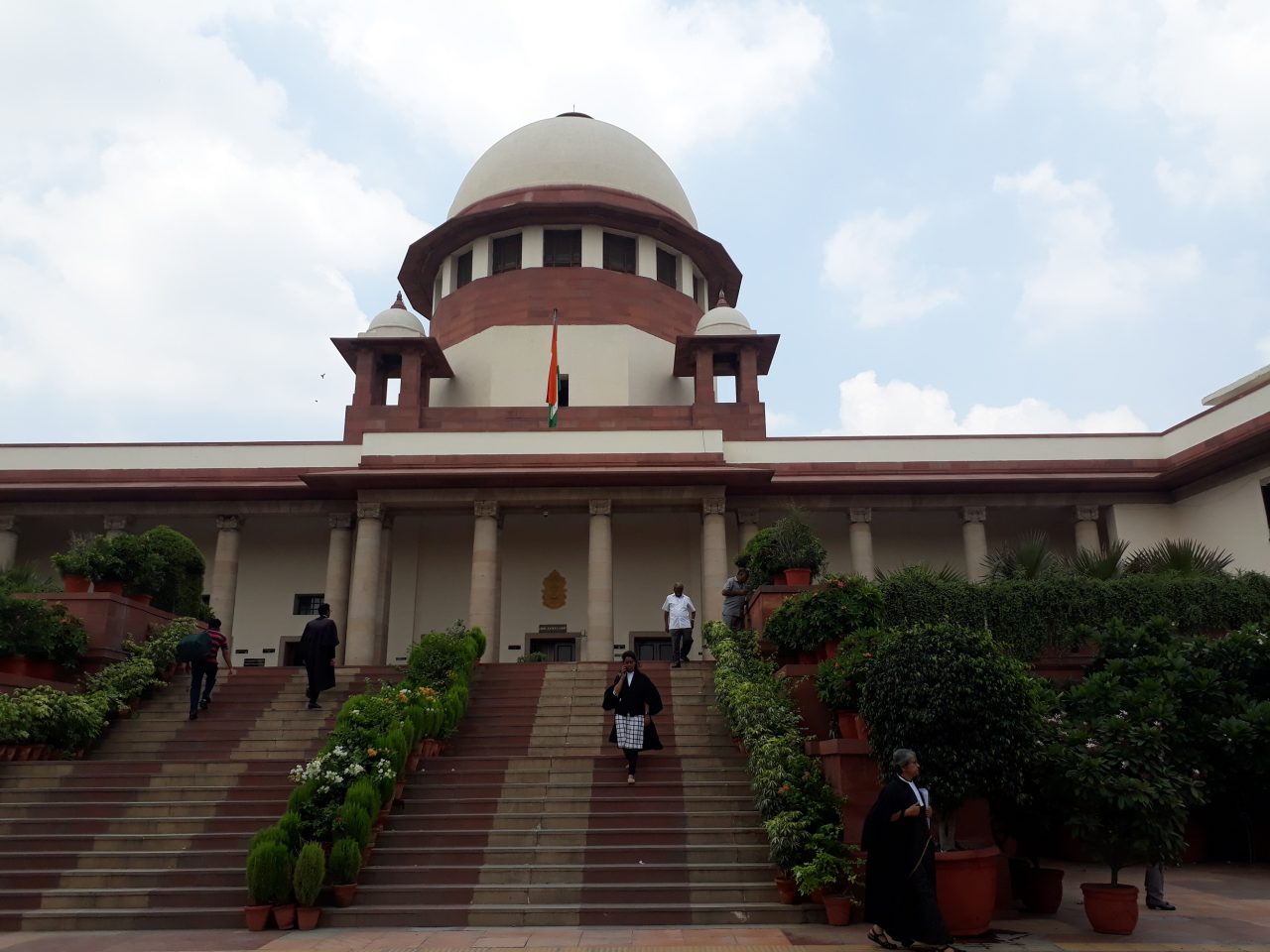

Presenting data on judicial strength, Meghwal noted that the Supreme Court has 34 sanctioned posts, with two vacancies. High Courts, which have a sanctioned strength of 1,122 judges, face a shortfall of 364. District and subordinate courts are the hardest hit, with 5,245 vacancies out of 25,725 sanctioned positions.
The minister clarified that appointing judges in district and subordinate courts is the responsibility of state governments and High Courts. For High Court appointments, proposals must originate from the Chief Justice of the respective court and are subject to approval by the Supreme Court Collegium. Only candidates cleared by the SC Collegium are appointed.
“Filling up vacancies is important, but delays in case disposal are also influenced by factors such as inadequate infrastructure, frequent adjournments, absence of strict timelines, and lack of cooperation from stakeholders like police, lawyers, and litigants,” Meghwal said.
The government, he added, is working with the judiciary to streamline appointments and address systemic issues hampering the judicial process.



